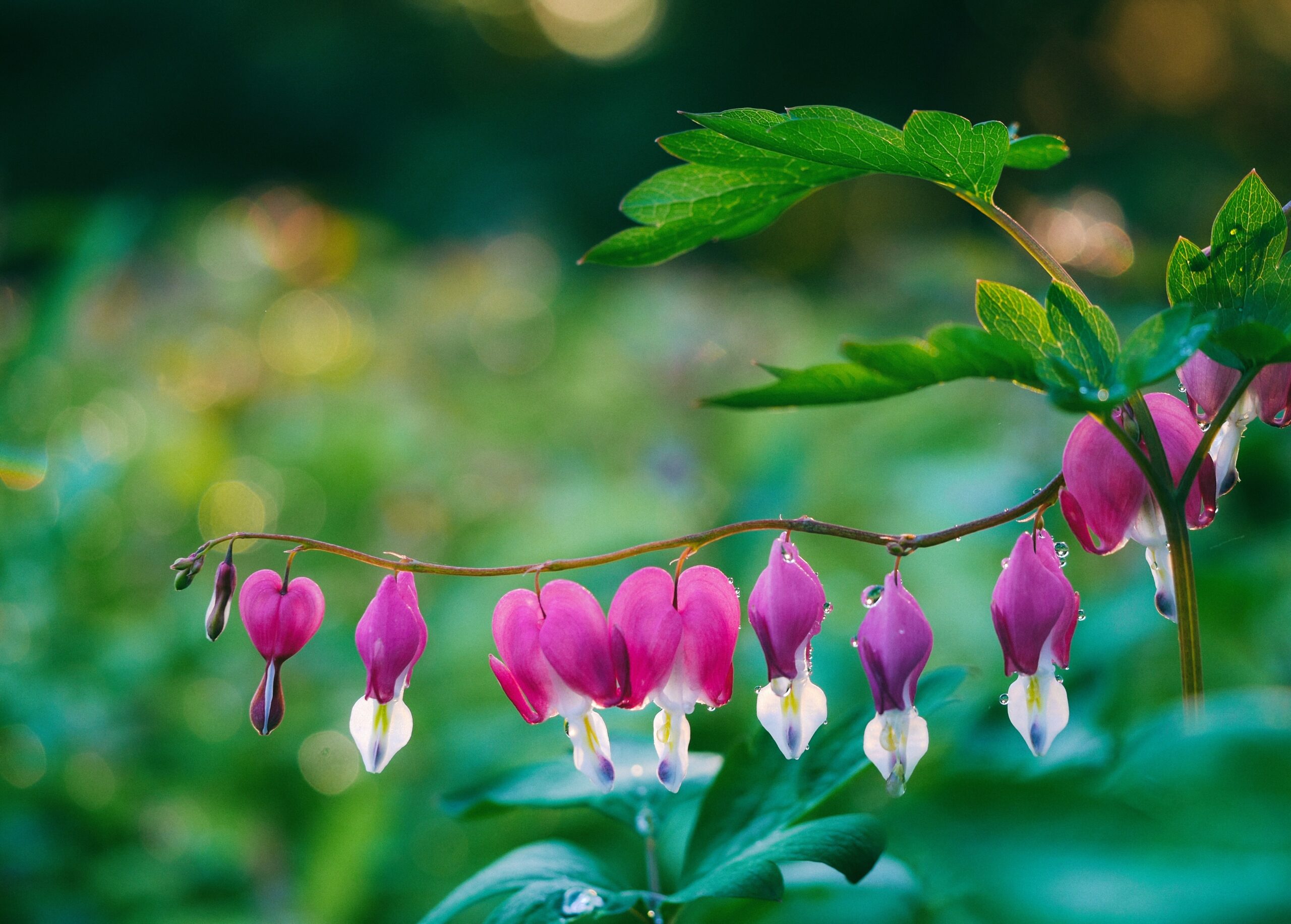Time for Your Lawn and Landscape’s Spring Cleanup
Do you want your lawn and landscape to look fresh and inviting? Then, you need spring cleanup services from us at Jamison Lawn Care.
Why Spring Cleanup Services are Important
As the days get longer in the spring, the soil begins to warm up, and plants start growing. It’s now necessary to clean up your property.
Otherwise, your lawn is at risk of developing fungi and thinning areas. Plus, leaves don’t allow your yard to receive sunlight, oxygen, and moisture. In other words, your turfgrass won’t grow back vigorously when leaves, pinecones, seedpods, and debris cover it.
Likewise, your perennials need to be able to breathe after their long winter’s sleep. Leaves smother them and prevent the three required elements: sunlight, water, and oxygen to penetrate landscape beds.
And don’t forget about a fresh mulch application. In early spring, it’s time to turn over mulch so it can dry out. Since mulch decays over the winter months, you’ll also need a new application to make your landscapes look immaculate.
Don’t forget: In late winter and early spring, weeds pop up through the debris to make their presence known and to take over any bare areas. Spring cleanup means it’s time to start pulling weeds too.
It’s Time to Make Your Property’s Spring Cleanup Appointment
At Jamison Lawn Care, we’re taking appointments for cleanups, and you don’t want to wait. The early bird gets the worm when it comes to beautifying your property with our spring cleanup services.
Our spring cleanup services can include any of the following you choose:
- We’ll start with your lawn to remove any leaves, sticks, stones, and any other debris that landed on your yard over the winter. We’ll also pick up pinecones and seed pods.
- We’ll mow your turfgrass and edge around the property to create clean lines between your lawn and the border.
- We’ll clean out your flowerbeds and other landscaped areas. We’ll remove any weeds that started to grow as well as remove all matted leaves from your beds. Then, we’ll freshen up your mulch by turning it over.
- We’ll prepare your landscaping beds for spring planting and add annuals to them. We’ll also add weed control and fertilizer as requested.
- We’ll cut back any perennials that look ragged and overgrown, as well as remove last season’s brown stalks and leaves. We’ll also trim back daffodils, hyacinths, and other early spring bloomers.
- We trim your shrubs and ornamental trees. Our pruning services include any spouts that grow up from the root area and any dead/diseased branches.
- We’ll add a fresh batch of mulch to your landscaped areas, so everything looks tidy and well-cared for after we’re finished.
Your flowerbeds, trees, shrubs, and lawn must get regular maintenance to look their best. At Jamison Lawn Care, we also provide the following lawn care and landscape maintenance services:
- Aeration and overseeding in the fall
- Plant Installation
- Design and install new landscaped beds
- Fall cleanup services
- Garden bed maintenance
- Lawn fertilizing and weed control
- Leaf removal
- Light yard grading
- Mulch installation services
- New lawn installation with seed or sod
- Rock removal and installation
- Shrub and tree removal up to 15′ high
- Shrub and tree trimming
- Sod installation services
- Weekly lawn mowing services.
Call us today at 267-621-4747 or fill out our contact form to set up your spring lawn and landscape cleanup appointment.
Plant of the Month: Bleeding Heart
Every spring, these shade-loving plants bloom with heart-shaped blossoms. In Pennsylvania landscapes, the common bleeding heart (Lamprocapnos spectabilis) graces landscapes and flowerbeds in partial- to full shade.
Bleeding hearts are perennials that come up year after year. Common bleeding hearts have pink, red, or white blossoms that dangle from the stem’s curving neck.
Of course, there’s symbolism associated with bleeding hearts:
Pink and red stand for love
White symbolizes purity.
Bleeding hearts grow best in woodlands and borders with fertile, well-draining soil. The plants propagate through their rhizome roots and can be separated when the plant becomes too large for its current spot.
You can add bleeding hearts to a bed that has other shade-loving plants, such as
- Black cohosh
- Blue wood aster
- Cinnamon ferns
- Columbine
- Goatsbeard
- Great blue lobelia
- Marginal wood fern
- Ostrich fern
- Pachysandra
- Rhododendron
- Viburnum
- Virginia bluebells
- White turtlehead
- White wood aster.
At maturity, bleeding hearts are 24″ – 26″ tall with an 18″ to 30″ spread. Fortunately, deer and rabbits tend to dislike bleeding hearts as a food source. And these perennials will go dormant by mid-summer and disappear underground until the following spring.
Bleeding Hearts’ Toxicity
Keep in mind that bleeding hearts are toxic to people and dogs. While you may not chew on a bleeding heart flower, your child might find them curious, or your dog may want to dig near your bleeding hearts. Bleeding hearts can cause skin irritation, and it’s fatal if ingested.
If your home is in the woods or has a shady spot that you want to transform into a flowerbed, call us today at 267-621-4747 or fill out our contact form.
Sources:
GeorgeWeigel.com, “South-Central Pennsylvania Native Plants.”
TheSpruce.com, “Common Bleeding Heart Plant Profile.”

